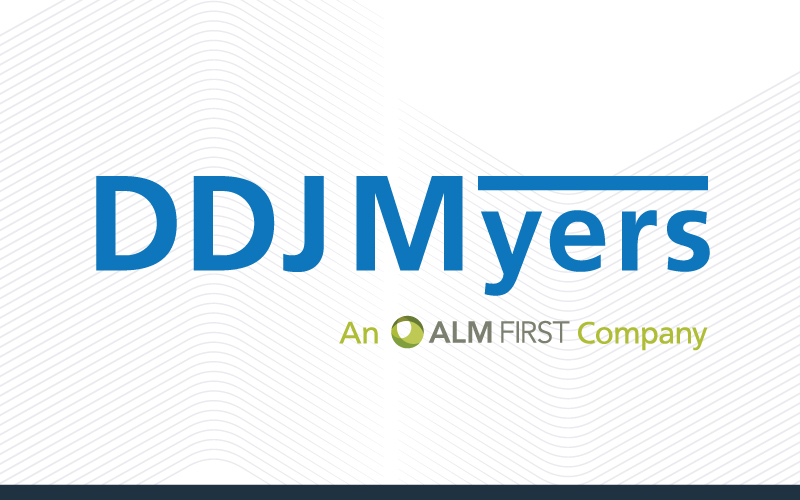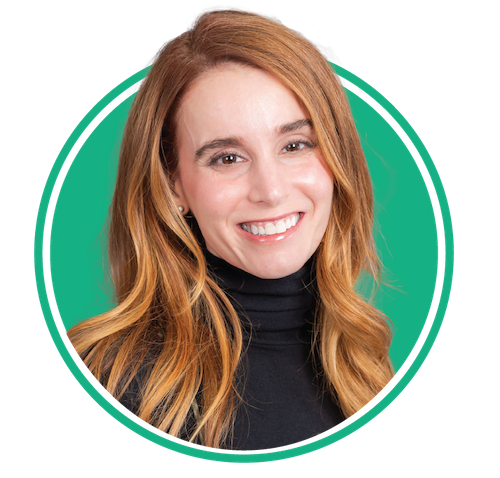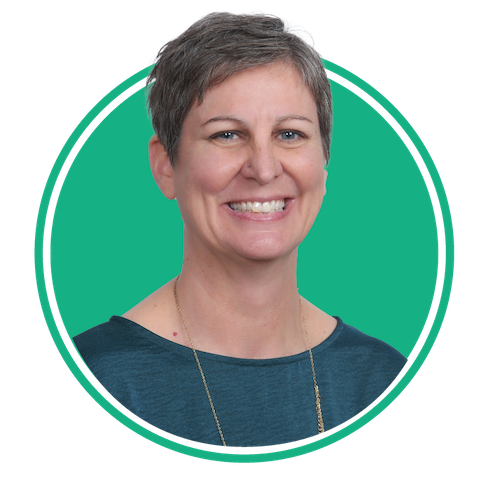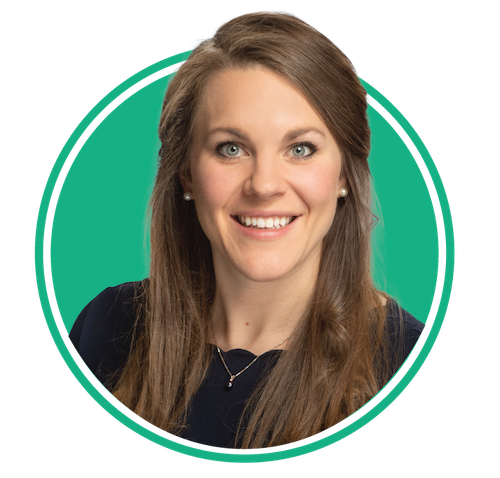Overcome Detrimental Practices: New Expertise for Organizational Success
August 13, 2025

By Deedee Myers, PhD, MSC, PCC
Effective strategic planning includes an intentional focus on organizational readiness, structure, and people development. A natural part of evolving or transformative growth strategies is an increased complexity of size, scope, and scale. Whether the change is planned or unplanned, the organization and its people viscerally feel the effects. Some have the flight response, with anxiousness and trepidation. Others look forward with expectations and optimism. And, as always, the cautiously optimistic participants are in a wait-and-see mode.
Leaving Aged Structures & Entrenched Mindsets Behind
Unfortunately, historic organizational practices are most likely not suited for future growth strategies and may not even have previously served the organization well. Too often, multiple projects and tasks enhance misalignment and do not meaningfully serve the vision and strategic direction. A grounded assessment is that an aged organizational structure will not keep pace with the desired outcomes of futuristic strategic change. Historic practices and entrenched mindsets are, at best, a slow death. Methodically preparing for an organizational change enhances the quality of the change process.
A new quality of expertise is a critical call for action to assess and guide the organization into the future. The permanent shift to the remote/hybrid workforce model, increasing illiteracy rates, innovative use of AI, global economic shifts, and political changes are a few reasons to insist on more rigor in critical and strategic thinking. The organizational structure that will take us into the future, hopefully, the next three to five years.
Evolved strategic and critical thinking, transformed business models, the intense business pace, and a diverse workforce require a new quality of expertise and presence at the executive level.
New Leadership in Organizational Development Required
A needed leadership role includes a hyper-focused organizational development (OD) leader who understands, designs, and deploys strategic initiatives and practices to ensure the organization is structured to fulfill the vision and strategic direction, makes and executes decisions, and pivots as needed. Higher-order expertise is necessary to enhance an organization’s ability and capacity to change and align strategies and structures with people and processes. Too many executives see organizational development as moving boxes around in an organizational chart, which is certainly detrimental to the organization. Most often, the historical perspective of developing organization charts misses the urgency to be intentional and attentive to the organization of the future.
The role of the OD leader requires expertise in identifying future workforce requirements, creating guides for specific development opportunities, and establishing a framework to build an organization with diverse expertise, intellectual competencies, specialized knowledge, skills, abilities, and perspectives. The outcome is organizational readiness with the capacity and competency to pivot strategically.
Onboarding the OD Expert
If your organization hires an OD expert, clarify the role’s value and how to structure it for success. Onboarding this OD role includes an organizational assessment within the first 120 days, presenting findings, and integrating with strategic planning. The following is a sample table of contents for a current and future workforce analysis that should provide a basis for strategic organizational success.
Introduction and Purpose of Report
- Executive Summary
Organizational Readiness Report
- Vision
- Current Organization Chart
- Future Organization Chart
- Three-Year Outlook
- Five-Year Outlook
- Ten-Year Outlook
- Risk in Critical Roles
- Replacement vs. Strategic Recruits
- Technology, Digital, and AI Considerations
Workforce Assessment Analysis
- Demographics (level, age, gender, ethnicity, education)
- Performance Patterns
- Potential Shifts in Roles
- Role Consolidation
Demand Analysis Report
- New Positions
- Needed Competencies
- Anticipated Future Workloads and Key Positions
- Evolved Reporting Structure
Supply Analysis Report Summary
- Number of Leadership Positions Needed in the Future
- Anticipated Turn Rate
Gap Analysis Summary Report
- Areas of Potential Risk
- Increased Competency Needs
- Potential Outsourcing or Position Eliminations
Internal Bench Strength Summary
- Degree of Readiness by Area
- High-Performing Areas
- High-Performing Leaders
- High-Performing Employees
- Areas Needing Attention
External Market Summary
- Geographical
- Cost of Living
- Available Talent
- Our Reputation
Overall Summary/Findings
Once the summary of findings is presented, the next steps include:
- Gaining key stakeholder support
- Creating Org Change Advocates
- Designing a viable org change strategy
- Deciding key org change initiatives
- Determining a viable pace of change
- Creating, executing, and monitoring a plan of action/execution
Competencies for the OD Expert
A high-performing OD expert brings unique and essential competencies that include two areas: the systems and the people focus. On the system side, the theories of organizational behavior and change management need to be understood from a theoretical perspective and a practical application in the organization. Analyzing and making sense of data is essential to deciding the best change management approach and facilitating and monitoring the change. From a practical perspective, expertise and organizational design, leadership development programs, and performance management are fundamental competencies.
Understanding the organization as an interconnected system and the interdependence of organizational components on the desired change is a core competency. The OD leader needs to understand the social factors and group dynamics that impact and influence change and the diversity of management styles that impact employee productivity, culture, empowerment, and overall morale.
Other knowledge and competencies are necessary to help managers create a motivating and empowering work environment, foster effective communication, institute and nurture collaboration and coordination practices, encourage situational leadership, and uncover the factors influencing employee behavior in your organization.
Moving Forward
As you start to frame this year’s strategic visioning and planning session, the recommendation is to increase the focus on the organization design and needed development moving into the future. This strategic move is a requisite investment of time and resources, including compensation, benefits, and onboarding. However, the cost of ignoring or sidelining the organizational structure, systems, processes, and people has a massive negative impact on all layers within the organization, the community, and the members and customers you hope to serve. Be bold! Give your organization what it deserves in terms of an agile, highly competent, and empowered structure designed for the best practices of critical and strategic thinking for a consistently innovative and efficient organization.
For more information about DDJ Myers and the solutions they offer, connect with the GoWest Solutions Team today.
Posted in GoWest Solutions, Top Headlines.


















